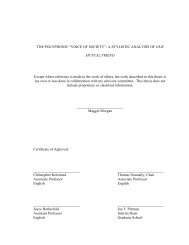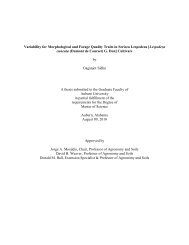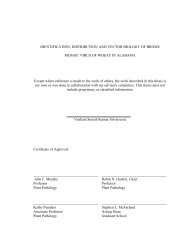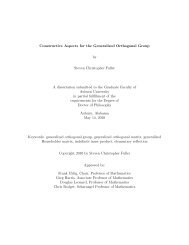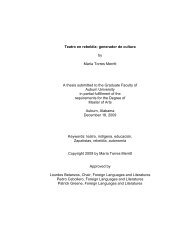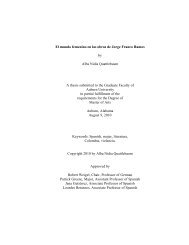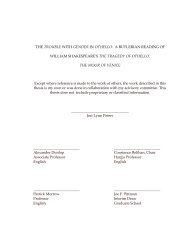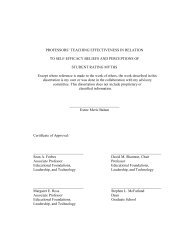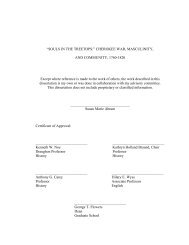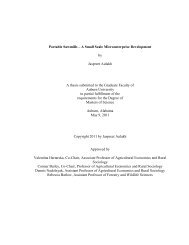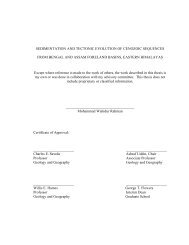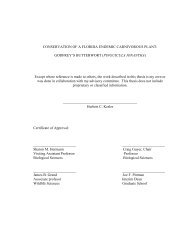Enhanced Polymer Passivation Layer for Wafer Level Chip Scale ...
Enhanced Polymer Passivation Layer for Wafer Level Chip Scale ...
Enhanced Polymer Passivation Layer for Wafer Level Chip Scale ...
You also want an ePaper? Increase the reach of your titles
YUMPU automatically turns print PDFs into web optimized ePapers that Google loves.
have generally been the modification of existing materials such as the adaptation of<br />
redistribution layer materials and solder types, but these solutions still have the limitation of<br />
increased per<strong>for</strong>mance.<br />
In addition to the assembly adhesives that fill the gap between the die and board, solder<br />
bracing is another WLCSP protection scheme to delocalize the stress of solder under the die.<br />
Unlike adhesives, there is no adhesive bond between the die and board which makes solder<br />
bracing a reworkable process. Since the packaging is done at the wafer level, relative low cost<br />
becomes the biggest advantage of solder bracing.<br />
The future trend of die protection may combine the functions of both technologies, and it<br />
follows the needs <strong>for</strong> new chemical technologies that are capable of minimizing any impact on<br />
assembly cost and improvement of reliability [53-54].<br />
2.3.2 <strong>Polymer</strong>Collar WLP<br />
Conceptually, solder bracing is defined <strong>for</strong> any material that mechanically supports the<br />
solder and the front side of the die. Few commercial wafer level solder bracing materials are<br />
available to date. <strong>Polymer</strong>Collar WLP is the most notable example of solder bracing. Figure 2.12<br />
shows some photos of <strong>Polymer</strong>Collar WLP built on an Ultra CSP 50 daisy chain test wafer. It is<br />
a WLP having a wafer-applied polymer rein<strong>for</strong>cement structure that surrounds the solder joints<br />
to transfer the stress away from the interconnection joint. This <strong>Polymer</strong>Collar material per<strong>for</strong>ms<br />
two functions: One is a fluxing action during solder ball attachment and the other is to <strong>for</strong>m the<br />
polymer rein<strong>for</strong>cement structure itself. The main process flow consists of:<br />
• Application of <strong>Polymer</strong> Collar material instead of solder flux on chip side UBM pad<br />
• Placement of pre<strong>for</strong>med solder balls onto the <strong>Polymer</strong> Collar material<br />
29




